Tahina Sauce: The Nutty Gold of Global Spice Traditions (And How You Can Nail It at Home)
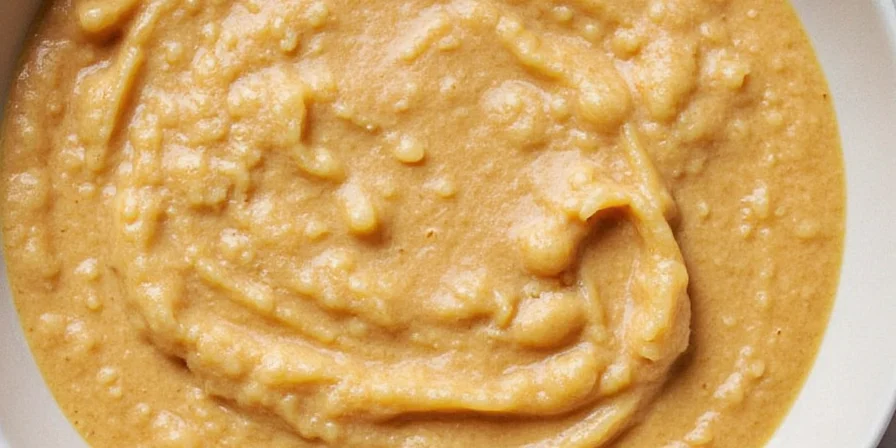
Table of Contents
- What Exactly Is Tahina Sauce?
- The Global Roots of This Creamy Condiment
- How to Make the Perfect Batch at Home
- Pro Tips for Mastering Your Mix
- Why Tahina Is More Versatile Than Your Wardrobe
- Store-Bought vs. Homemade – Who Wins?
- Conclusion
What Exactly Is Tahina Sauce?
Tahina, also known as tahini in many Western kitchens, is a paste made from ground sesame seeds. Depending on where you are in the world, it might come smooth, chunky, or even blended with spices like garlic, lemon, or cumin.
But here’s the kicker: tahina isn’t just one thing. From the Middle East to North Africa, and even parts of Asia, tahina sauce takes on different personalities — kind of like how ice cream changes from gelato to kulfi depending on which hemisphere you’re in.
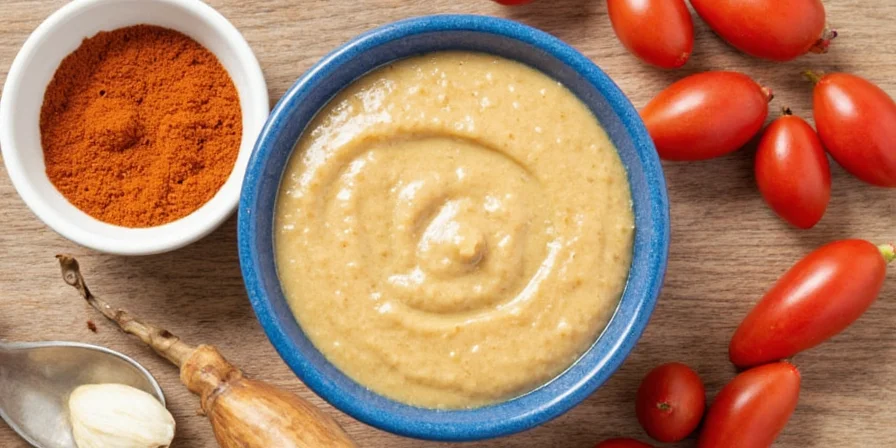
The Global Roots of This Creamy Condiment
Tahina has been around since ancient times. Ancient Babylonians were already grinding sesame seeds into paste long before avocado toast was a thing. Today, it plays starring roles in dishes across continents:
- Middle East: Hummus, baba ghanoush, halva
- North Africa: Chermoula, harissa-based sauces
- Greece: Taramasalata and sometimes drizzled over grilled meats
- Asia: In some Chinese and Japanese cuisines, used in dressings and desserts
To help you wrap your head around the variations, here's a quick comparison table:
| Region | Main Use | Common Add-ins | Texture |
|---|---|---|---|
| Middle East | Dips, dressings, desserts | Lemon, garlic, olive oil | Smooth and pourable |
| North Africa | Spicy sauces, marinades | Harissa, cumin, coriander | Thicker, more robust |
| Greece | Sauces, spreads | Lemon juice, herbs | Creamy but light |
| Asia | Dressings, sweets | Rice vinegar, soy sauce, honey | Variably textured, often sweeter |
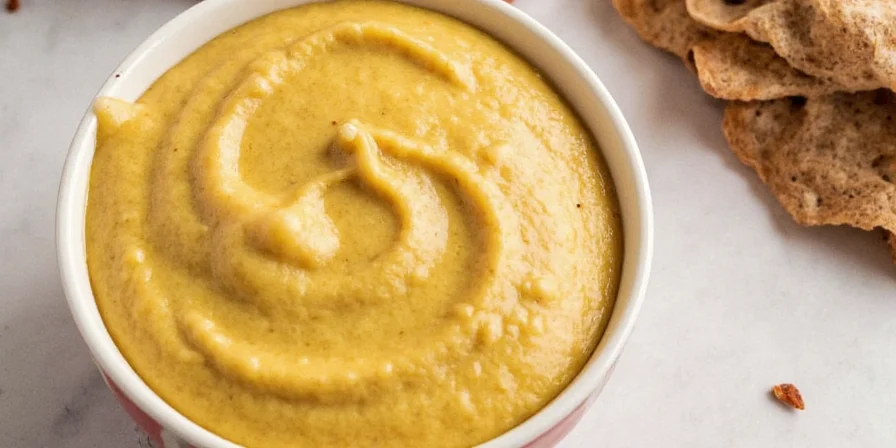
How to Make the Perfect Batch at Home
Homemade tahina sauce isn’t hard — but it does require a bit of patience and quality ingredients. Here’s my go-to recipe:
Classic Tahina Sauce Recipe
- 1 cup toasted tahini
- 2–4 tbsp fresh lemon juice
- 1 clove garlic, minced
- 2–3 tbsp cold water
- 1/2 tsp salt
- Olive oil (optional, for richness)
- In a bowl, whisk together tahini and lemon juice until smooth.
- Add minced garlic and mix well.
- Gradually add water to thin out the sauce to your desired consistency.
- Season with salt and a splash of olive oil if you want that extra silkiness.
- Let it rest for 15 minutes to let flavors meld together.
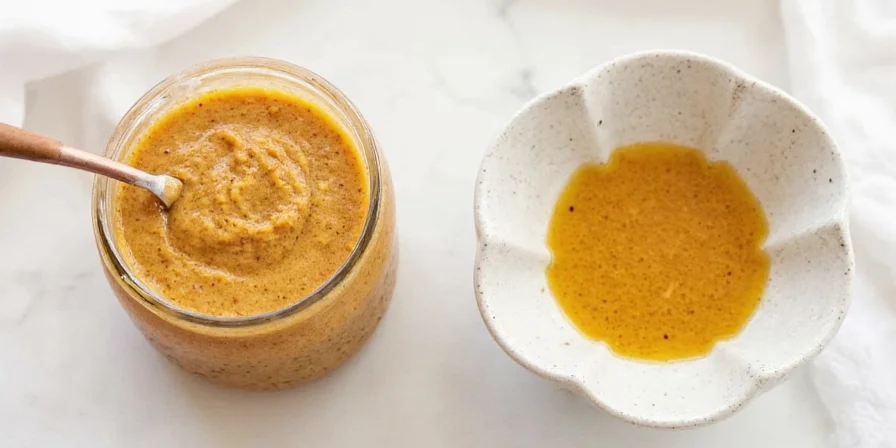
Pro Tips for Mastering Your Mix
Now that you’ve got the basics down, here are a few tricks I've learned after years of tahina tinkering:
- Don't skip the resting time! It allows the flavors to really fuse and balance.
- If it separates, give it a vigorous whisk or blend again for 10 seconds.
- Add miso for an umami twist — trust me, it’s genius.
- Use roasted garlic instead of raw for a mellow flavor bomb.
- Play with spices: smoked paprika, za’atar, sumac — all great additions.
Why Tahina Is More Versatile Than Your Wardrobe
You might think tahina is only good for dipping carrots and pita chips — but oh boy, you’d be wrong. Let me count the ways this sauce can upgrade your kitchen game:
- Dressing: Thin it out with water and a dash of apple cider vinegar for a salad dressing.
- Marinade Base: Mix with soy sauce, ginger, and honey for a killer tofu glaze.
- Dessert Star: Swirl into brownie batter or drizzle over chocolate tahini cookies.
- Toast Spread: A dollop of tahina mixed with honey or date syrup? Yes, please.
- Pasta Perfection: Stir into pasta for a nutty, savory kick — especially with broccoli or mushrooms.
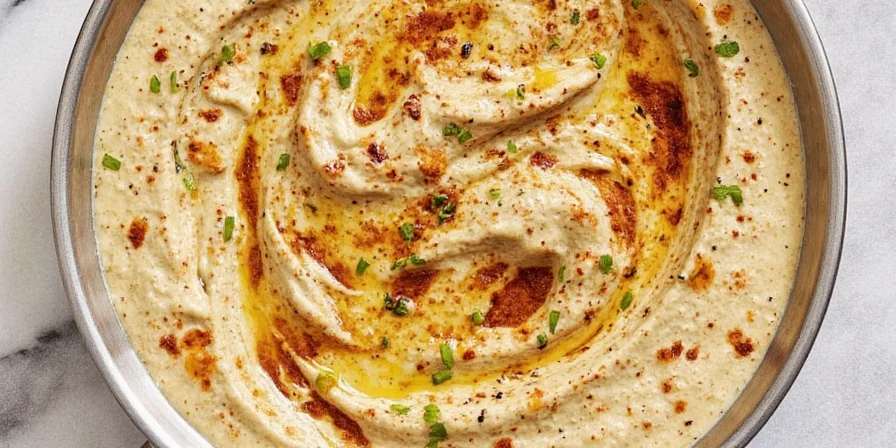
Store-Bought vs. Homemade – Who Wins?
We get it — not everyone has time to make everything from scratch. But when it comes to tahina sauce, the choice between store-bought and homemade is more than just convenience.
| Factor | Store-Bought | Homemade |
|---|---|---|
| Taste | Can be flat or overly bitter | Bright, customizable, rich |
| Consistency | Often too thick or oily | Perfectly smooth and creamy |
| Ingredients | May include additives or preservatives | Just sesame + love |
| Time | Instant gratification | ~10 minutes prep time |
| Cost | Average $5–$10 per jar | Less than $2 per batch |
The verdict? If you’ve got 10 minutes and a whisk, go homemade. Otherwise, choose a brand with minimal ingredients and no added sugar.
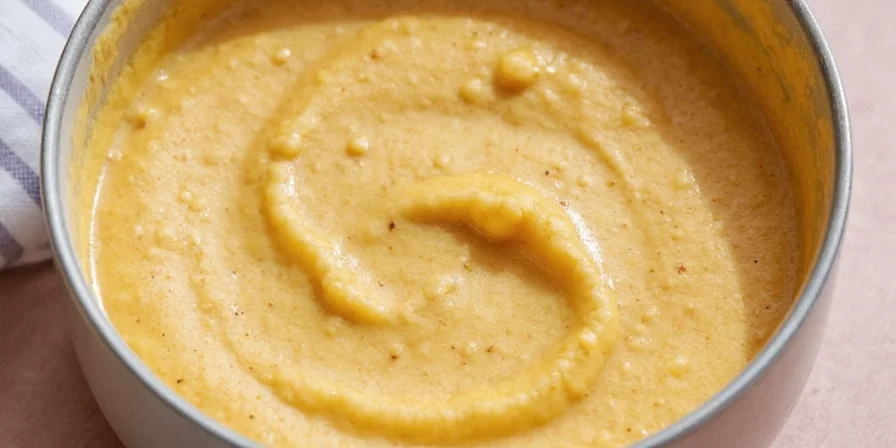
Conclusion
Tahina sauce is more than just a pantry staple — it's a passport to global cuisine. Whether you're dipping, drizzling, or marinating, there’s a version of this nutty delight waiting to spice up your life.
So next time you open that jar (or make your own), remember: tahina isn’t just about taste — it’s about tradition, texture, and the tiny joys of everyday eating. And honestly, who doesn’t need a little more joy on their plate?

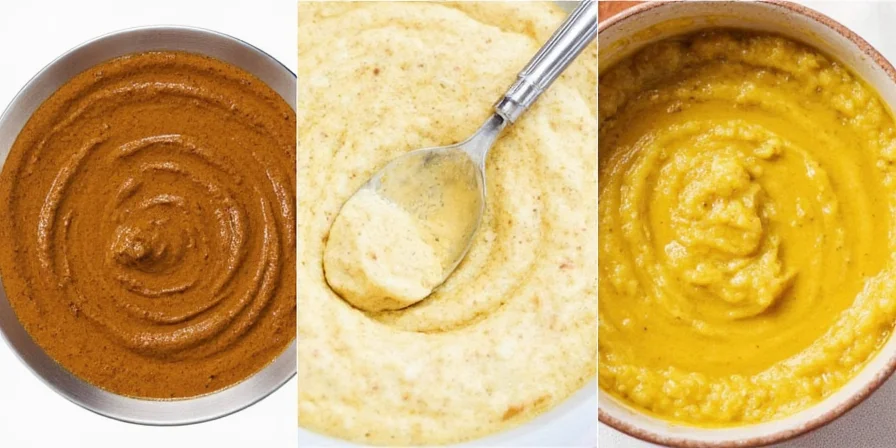









 浙公网安备
33010002000092号
浙公网安备
33010002000092号 浙B2-20120091-4
浙B2-20120091-4